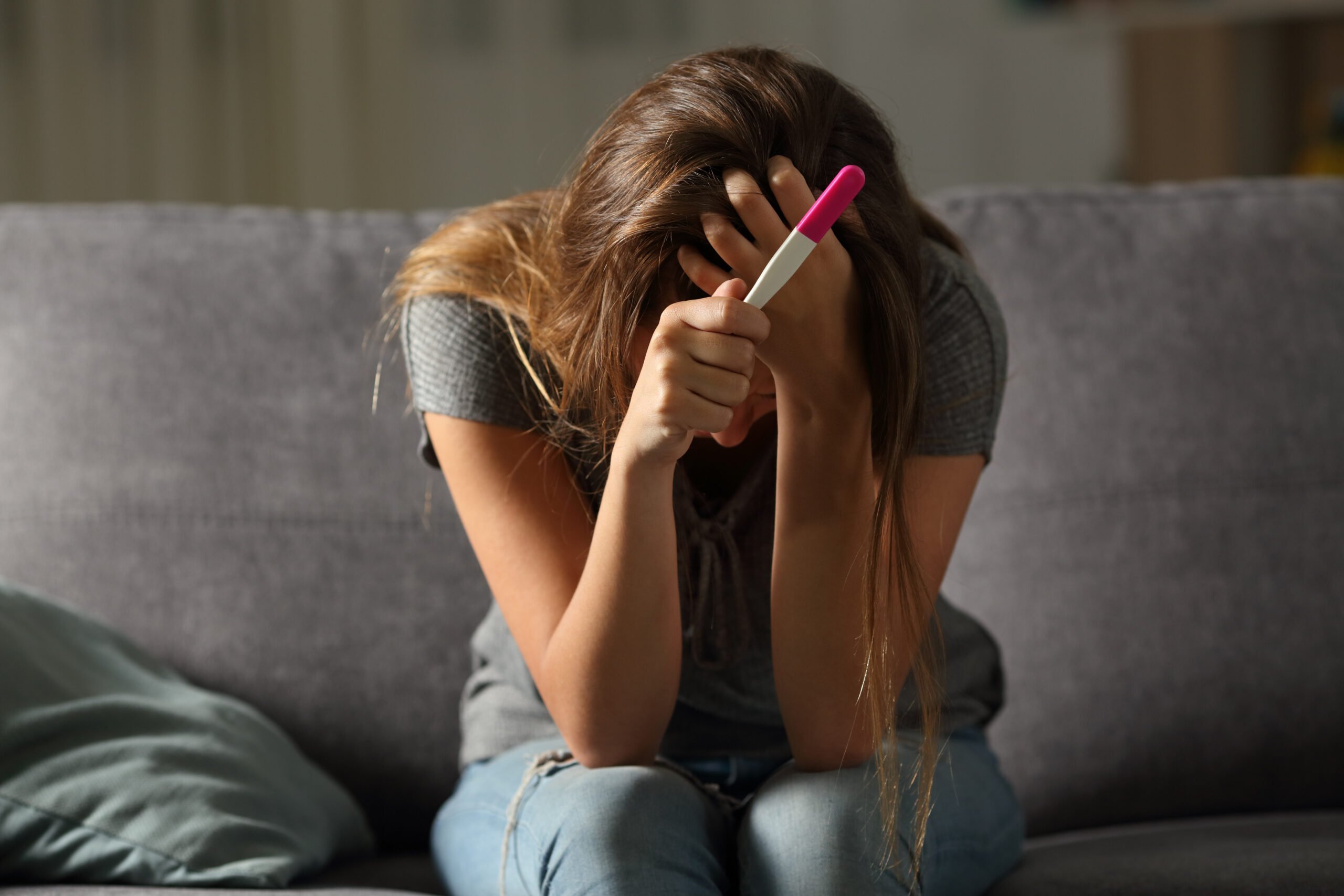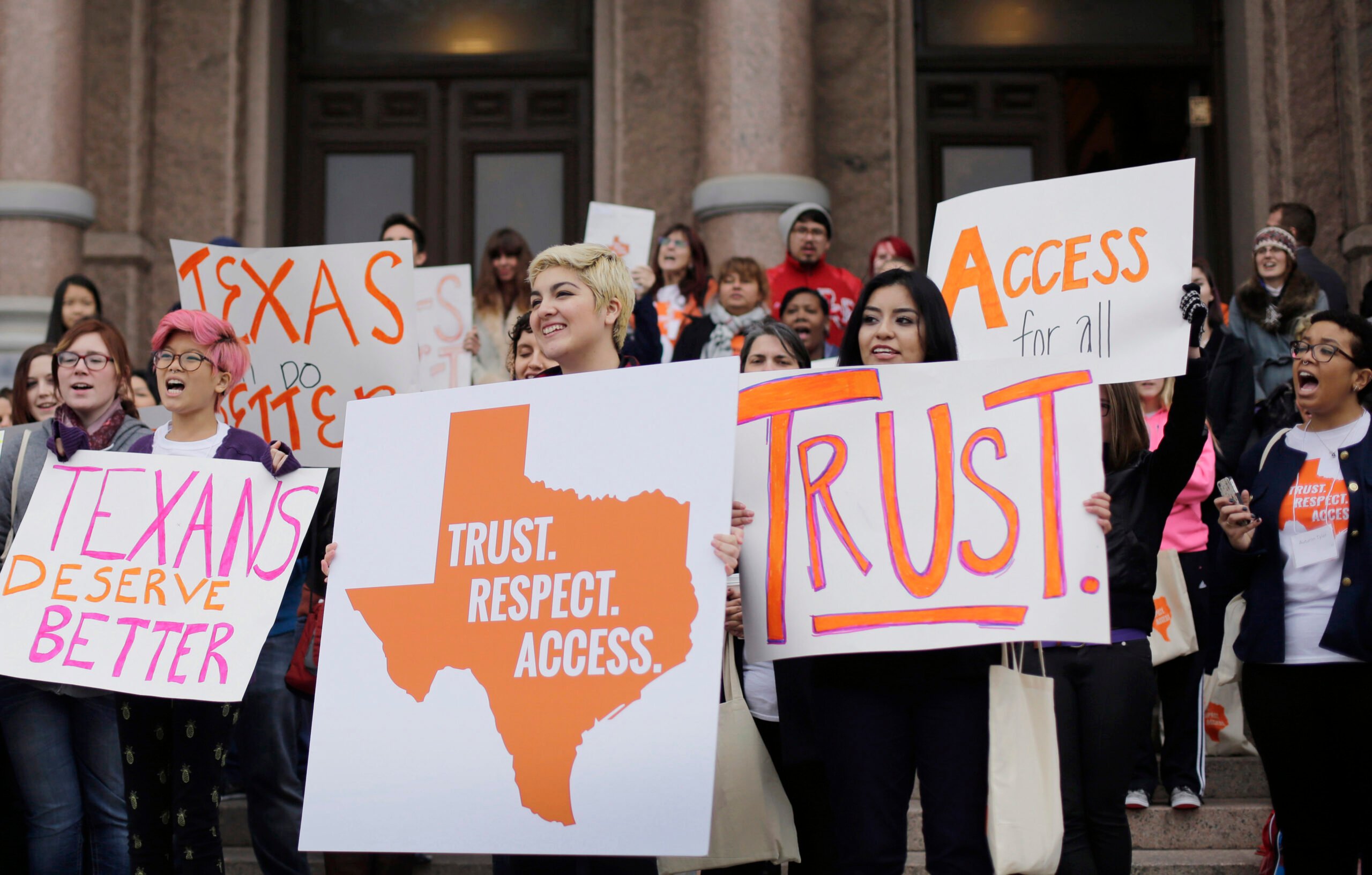
After Abortion Ban, Texas Teen Birth Rate Rises
The increase reverses a 15-year trend. And unwanted pregnancies will rise, researchers predict.

A 15-year decline in Texas teen birth rates slid to a stop—and converted into a modest increase in 2022, the year after the state Legislature implemented what was the nation’s strongest ban on abortion, according to new report from the University of Houston’s Institute for Research on Women, Gender & Sexuality.
The UH report, based on Centers for Disease Control (CDC) data, showed that Texas teen birth rates rose in 2022 by less than 1 percent, but any increase stood out, given that those rates had fallen 67 percent since 2007. The significant reductions occurred thanks to more reliable contraception, including Plan B, as well as abortion access, Institute Director Elizabeth Gregory said in an interview with the Texas Observer.
“For Texas to have a moment when [the teen birth rate is] going up while the national birth rate continues to decline, it shows an influence of that new policy,” she said. Birth rates among Texas teens remain consistently higher than in other states, and more Texas teens give birth to multiple children than anywhere else.
Women’s advocates had feared that unwanted births would rise in Texas following crackdowns on access to abortion by state leaders and the U.S. Supreme Court’s Dobbs decision, which overturned Roe v. Wade in June 2022 and led to more restrictions. Texas is already being sued by a group of 22 plaintiffs, including two physicians and a group of 20 women who claim they were prohibited by state law from terminating pregnancies even in situations where the fetus was not viable and the mother’s life was endangered.
The analysis of 2022 data confirms a sizable jump in births, likely related to Texas’ decision in September 2021 to restrict access to abortion after six weeks, before some women even know they’re pregnant. Using CDC data, UH researchers found that Texas had 16,147 more births in 2022 than 2021.
After factoring in population increases, that total represented a 2 percent increase in birth rates across Texas and a 2.9 percent increase in Harris County, driven in large part by rising birth rates among Hispanic Texans. Details of those statistics show that Hispanic women were most affected.
Birth rates among Hispanic women rose by 5 percent in 2022, with an even higher jump of 8 percent among Hispanic Texans ages 25 to 44. In contrast, white and Black women had slightly lower birth rates—they dropped .6 percent for non-Hispanic Black women and 2 percent for Anglo women. Asian women had an increase of nearly 1 percent.
“The results don’t signal that individuals of other groups are unaffected by the abortion ban, but they indicate that Hispanic women as a group are facing more challenges in accessing reproductive care, including both contraception and abortion,” Gregory said in a UH release summarizing the report. “Unplanned births often directly impact women’s workforce participation and negatively affect the income levels of their families.”
When the CDC releases new birth data for 2023—which should happen near the end of 2024—it’s likely to show further increases in rates of births, including unwanted births. In the aftermath of the Dobbs decision, Texas enacted a total abortion ban, effective Aug. 25, 2022, and 20 additional states have enacted similar laws.
Gregory said she’d like to dive deeper to examine trends in urban and rural Texas counties. But she expects things to get worse, not better. Next year, she expects to see more statewide crackdowns on abortion and more unwanted births among teens and others.
“The 2023 data will be much more of a national story, but it will be different in different states,” she said. “And the geography of bans will impact Texas. Anyone attempting to travel for abortions in 2022 wouldn’t have as far to go as they would have in 2023 because Arkansas, Louisiana, and Oklahoma all now have bans.”



